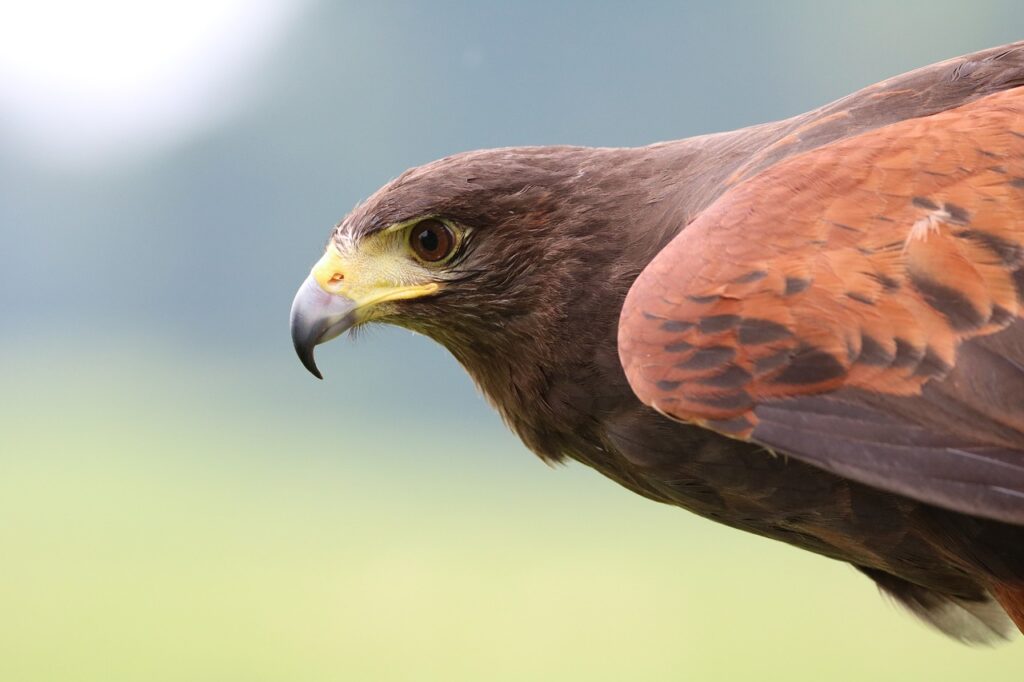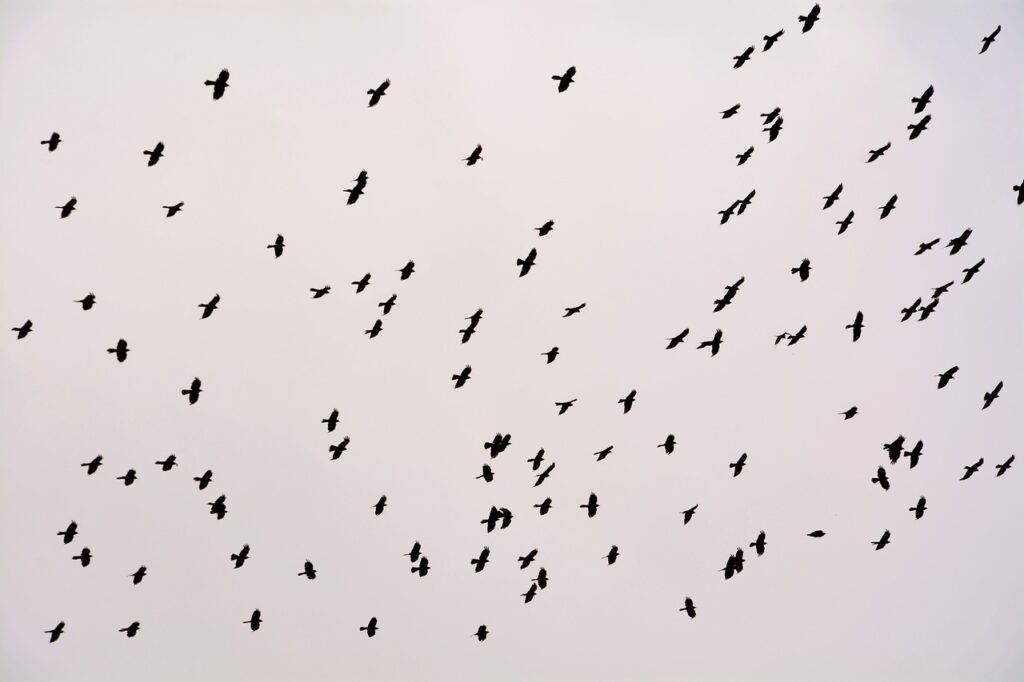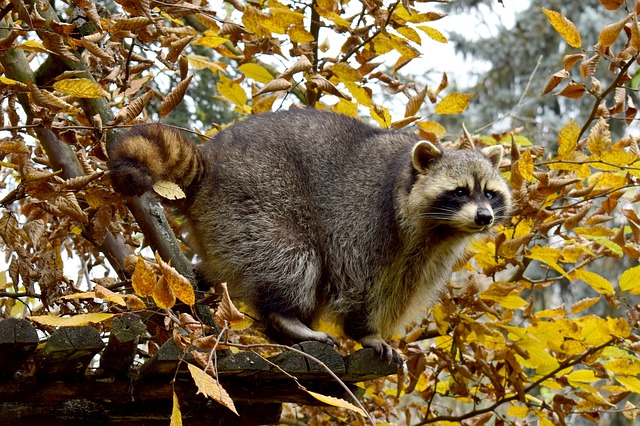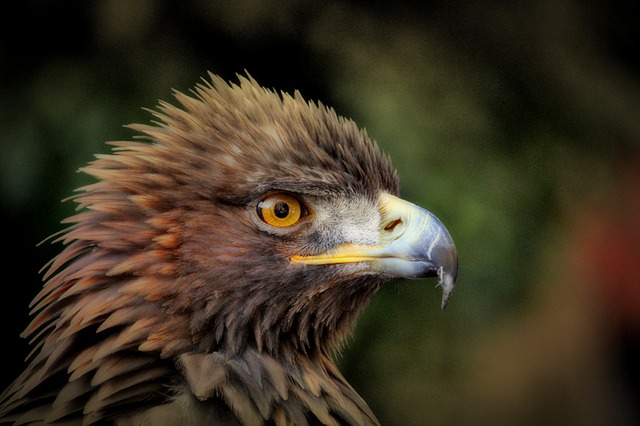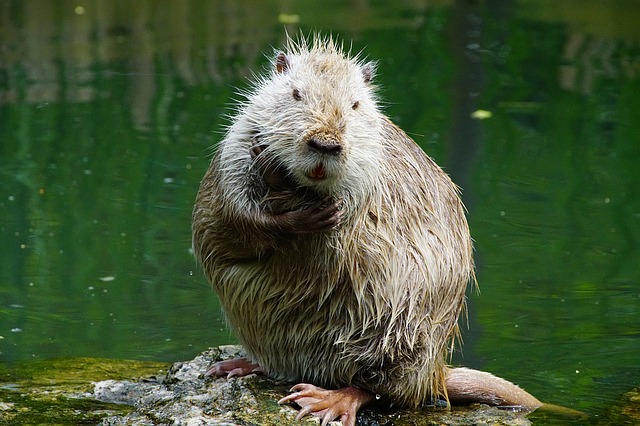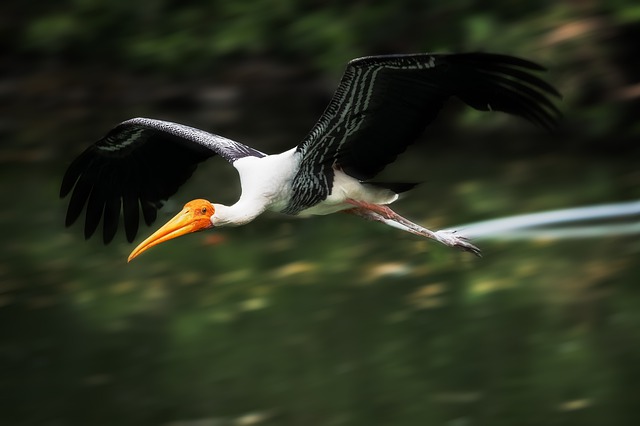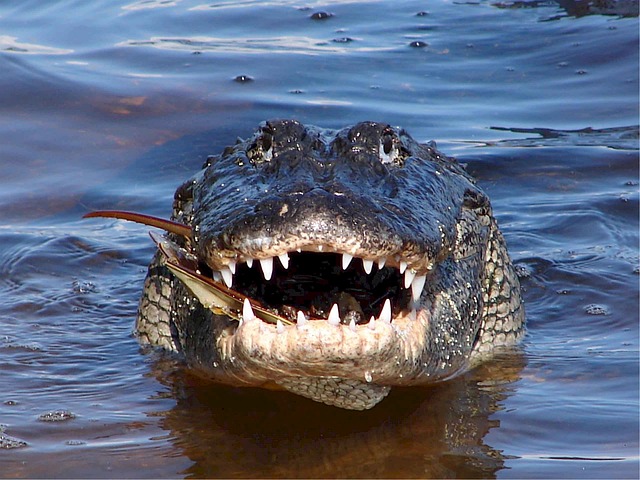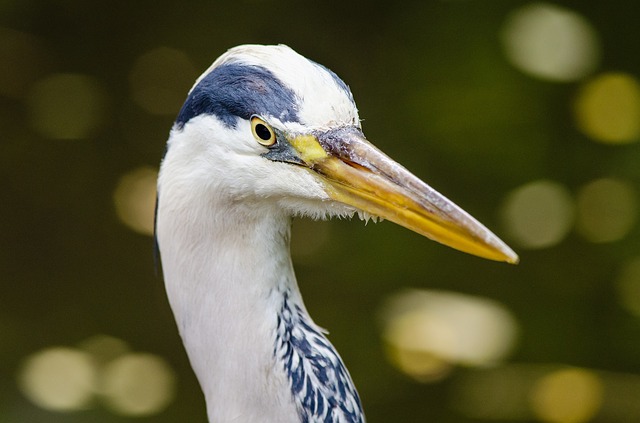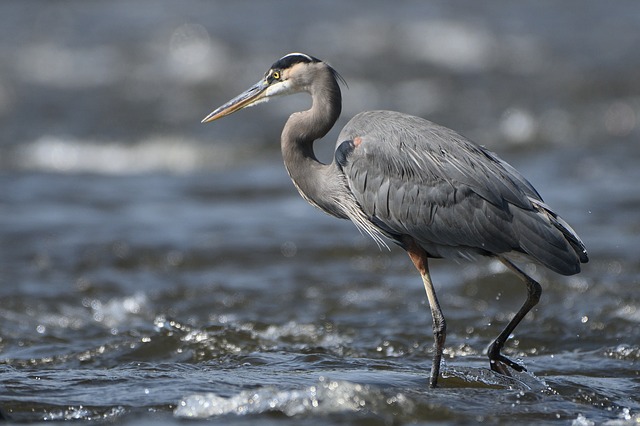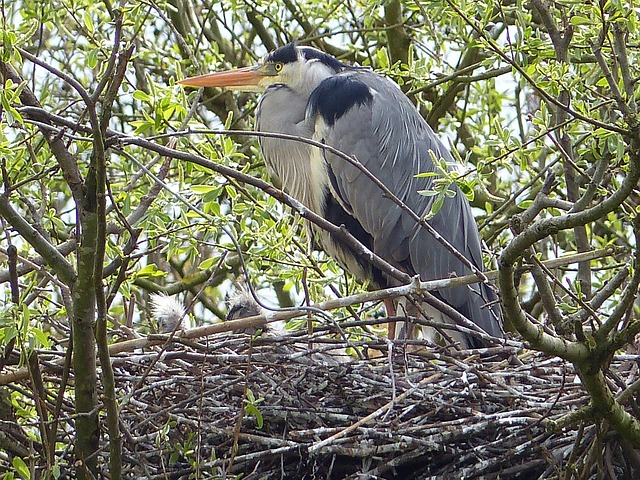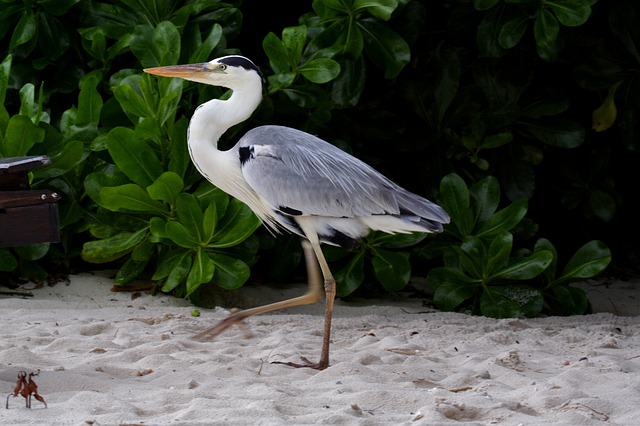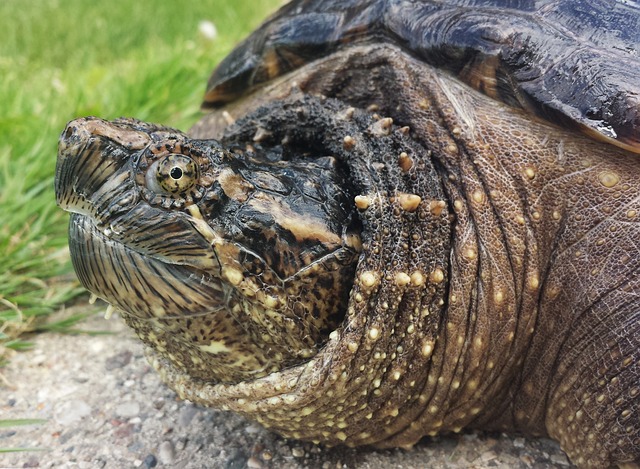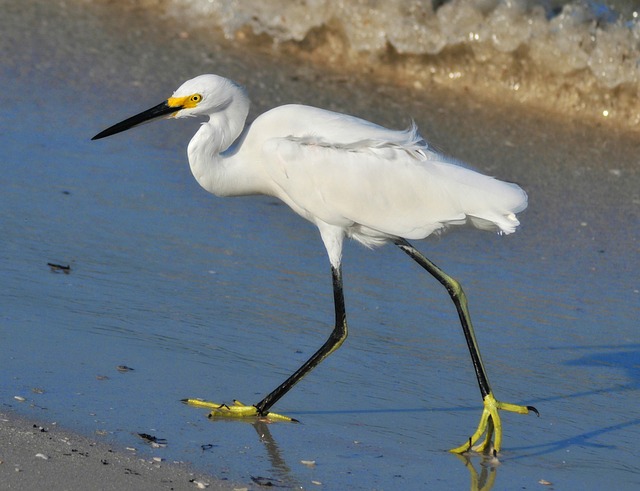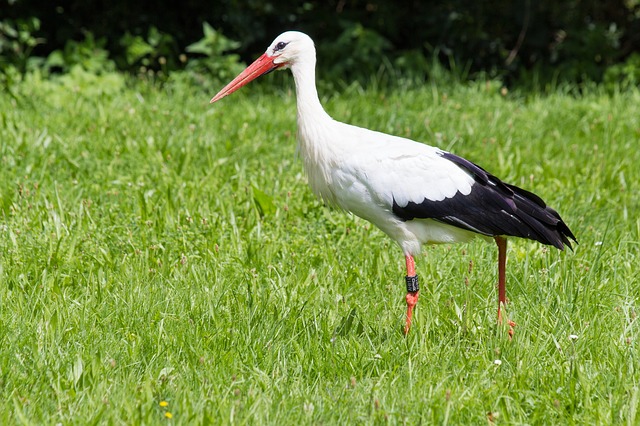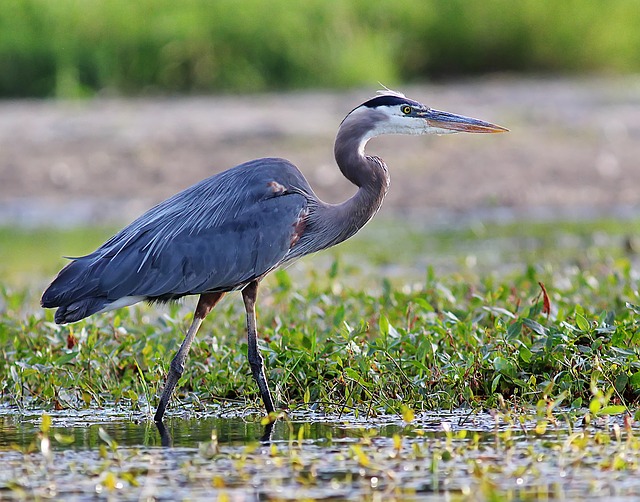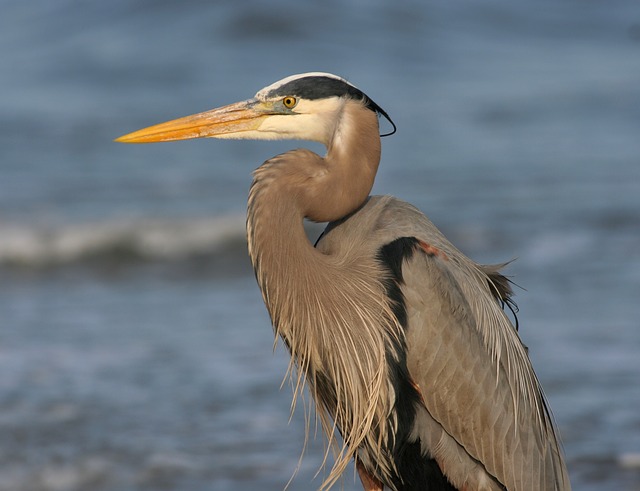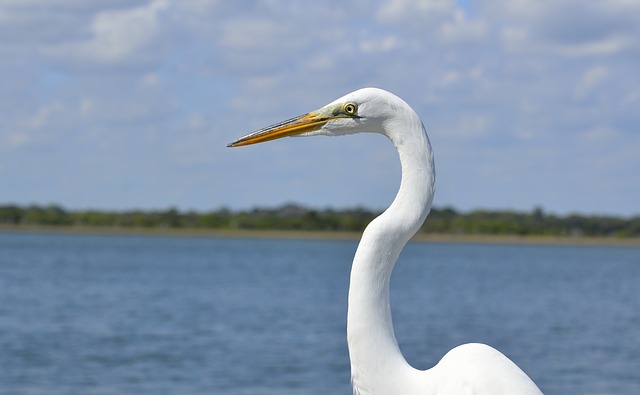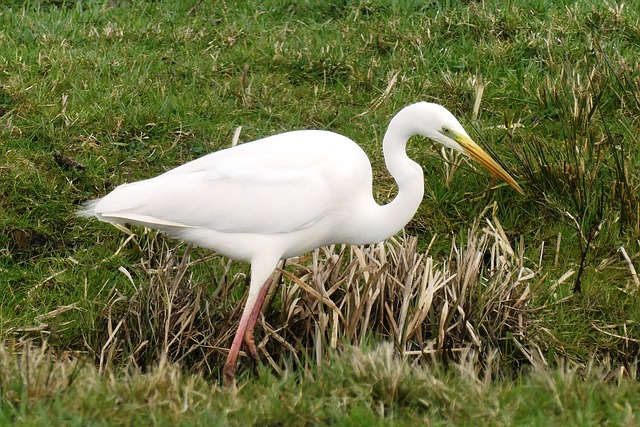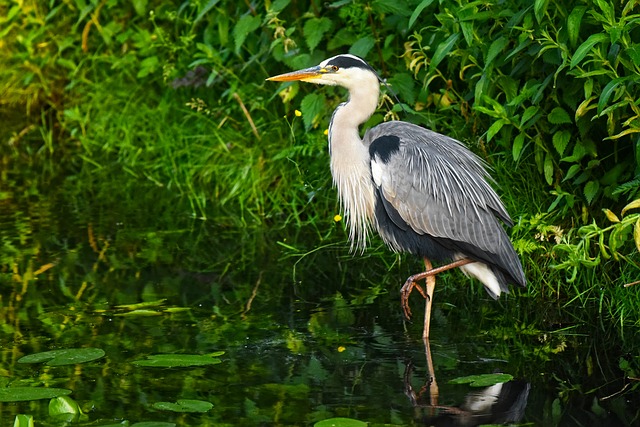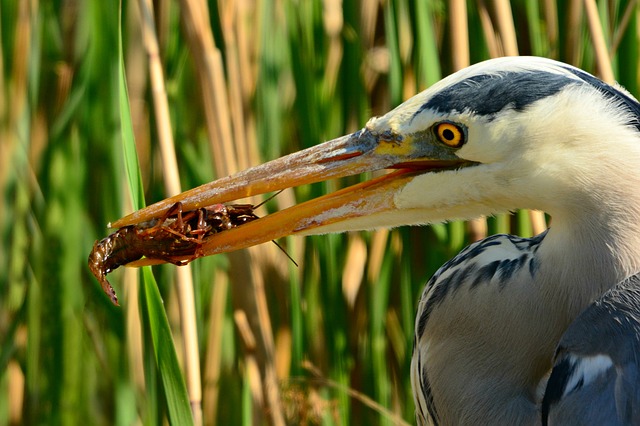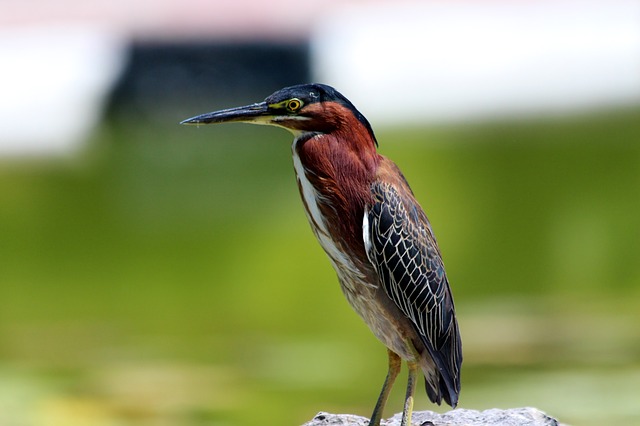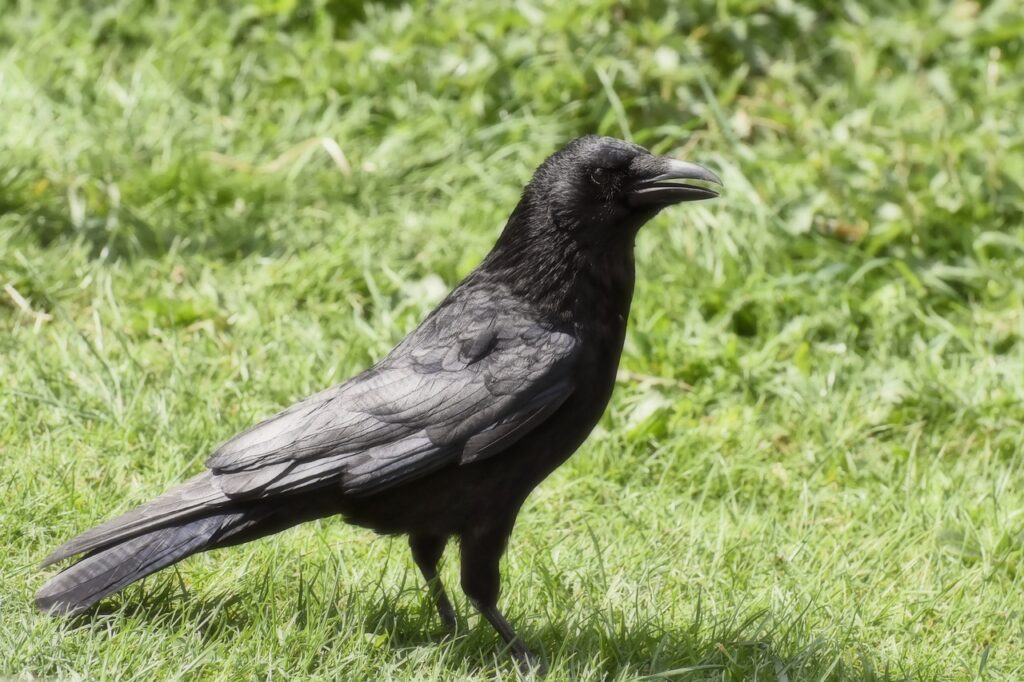
In many places, crows are such a common sight that it can be easy to forget that they actually have many predators. And being “on the menu,” for a range of other animals is actually why these birds are so wary. That being said, here is everything you’ll want to know about the most common predators of crows and their relationship with them.
Natural Predators Of Crows
Crows have many natural predators. Birds of prey, for example, are common crow predators. This includes many species of eagles, hawks, falcons, and owls. They are powerful birds with sharp talons and beaks which they use to kill their prey. And while the rest hunt during the daylight hours, owls hunt crows at night and are a major threat to roosting crows.
Another common crow predator are actually ravens. Ravens aren’t birds of prey and despite being close relatives of crows there is no love between these species. Ravens will raid any crow’s nest they come across eating the eggs or young. Mammals like cats, coyotes, foxes, and raccoons will also prey on crows. Cats both feral and domestic are notorious killers of birds.
And they kill enormous numbers each year worldwide. Even though we associate them with being cuddly pets, they are natural hunters. And they may use a variety of techniques to catch and kill birds including crows. This may include stalking, pouncing, and ambushing them. Cats are also skilled climbers which gives them the ability to get to crow nests and eat their young.
Coyotes, foxes, and raccoons occasionally are able to take down crows when they are on the ground, however, they usually need to catch them unaware when the crows are distracted doing something else such as feeding. Although as skilled climbers with a keen sense of smell raccoons are also a threat to their nests.
There are a variety of snake species that kill and eat birds including crows both on the ground and in the trees. And there are many tree-climbing snakes that will eat their eggs and young as well.
Human Threats
While we don’t have a typical predator/prey relationship with crows humans do occasionally kill crows. And we do so both directly and indirectly. Hunting and trapping crows are used as a way to control their populations, particularly in rural areas where they are considered to be pests.
And in some areas, crows are even poisoned, which can have the unintentional consequence of killing a range of other species as well. Although nowadays non-lethal methods of deterring crows are becoming more and more popular such as the use of dead crow decoys and bird cannons among others.
That being said, humans are a threat to crows in other ways too. Crows are at risk when exposed to pollution, dangerous chemicals, and pesticides in their environment. Habitat loss due to urbanization and deforestation is also dangerous to crows as well and may lead to their deaths indirectly.
Adaptations of Crows to Avoid Predation
Crows are truly amazing birds. And they have developed a number of adaptations to avoid being killed by predators. Crows live in groups and they will use the power of their numbers to help drive predators and even people away. When crows spot an enemy the entire group attacks. This is known as mobbing and it’s highly effective and intimidating. Birds of prey in particular are often mobbed by crows.
Crows will also roost in large groups during the fall and winter months. This provides the birds with safety in numbers as they sleep. Crows use a variety of vocalizations and alarms to communicate with one another. And they even have specific calls to alert their group about specific crow predators such as hawks and eagles for example.
In addition to their highly aggressive behavior during the nesting season, crows will also build their nests in locations that are difficult for predators to physically get to. For example high up in tall trees. Often crows will choose tall trees that are located near open fields. This helps with visibility allowing the crows to quickly spot threats so they can sound the alarm and or mob them.
Impact of Predator Populations on Crow Populations
Predator populations can have a big impact on both the size and behavior of crow populations. For example, when there is a large number of birds of prey in an area, the local crow population may decrease not just from being hunted, but from the resident crows avoiding these areas or even in some cases abandoning their territory altogether.
Crows are adaptable and will often adjust their behaviors when there is a high number of predators. They may lay their eggs earlier or later in the nesting season than normal to avoid doing so when predators of crows are most active. Or crows may simply become more vigilant and mob threats even more aggressively to chase them out of the area.
Interestingly in some cases, having more predators actually benefits crows, since they may take out other crow threats. For instance, having a high number of eagles can help to reduce the local raccoon population. And that in return reduces the number of raccoon raids on crow nests.
Start Shopping for Birding Supplies!
Raccoon Pictures
Raccoons are easily recognizable by their black face mask and ringed tail. And there are many fascinating things about this intelligent nocturnal species. So we’ve compiled some of the best raccoon pictures to show you just how amazing and unique they are. Raccoon...
Eagle Pictures
Eagles are large powerful raptors with sharp talons and beaks. These apex predators are typically at top of the food chain and there are many interesting things about them. So we’ve compiled some of the best eagle pictures to show you just how amazing they are. Bald...
Nutria Pictures
Nutria are large semi-aquatic rodents from South America. In the United States where they were originally imported for the fur industry, they are an invasive species. Despite their pest status, there are many interesting things about them. So here are some of the best...
Stork Pictures
Storks are tall wading birds with long legs and necks. These amazing birds have many fascinating things about them. And we’ve compiled some of the top stork pictures to help show you just how interesting and beautiful they are. White Stork The white stork has a body...
Alligator Pictures
The American alligator is a large predatory reptile that inhabits the southeastern United States. It’s a fascinating animal with many interesting things about it. And we’ve collected some of the best alligator pictures to help show you just how amazing they are....
How Long Do Great Blue Herons Live?
The life expectancy of birds is known to be closely related to their size. So as the biggest heron species in North America, how long do great blue herons live? The average life expectancy for these large birds is around fifteen years. However, surviving their first...
Where Do Great Blue Herons Live?
The great blue heron is considered to be the most widespread heron in North America. So exactly where do great blue herons live? Here’s what you’ll want to know. Great Blue Heron Range The great blue heron is found throughout most of the North American continent. In...
Where Do Great Blue Herons Nest?
While many of us have seen great blue herons their nesting habits often remain a mystery to most people. That’s because they purposely nest in hard-to-reach places. So where do great blue herons nest? Here’s the answer. A Colony Nester Typically great blue herons nest...
Do Great Blue Herons Migrate?
Do great blue herons migrate? This is something many people wonder about, especially if they’ve seen a heron during the cold winter months. And the answer is both yes and no. Here’s what you’ll want to know. Great Blue Heron Range The great blue heron has a large...
Great Blue Heron Pictures
Few species of birds are as tall, elegant, and attractive as the great blue heron. So we’ve compiled some of the best great blue heron pictures for you to admire and help you to learn more about this amazing bird! Great Blue Heron Head The head of the great blue heron...
What Do Snapping Turtles Eat?
Many people are familiar with the fact that snapping turtles have an incredibly strong bite. They use their strong jaws and sharp beak not just for defense but also for catching food. So what do snapping turtles eat? Here's what you'll want to know. Snapping turtles...
Birds That Look Like Egrets
Egrets are predatory birds that hunt and live in a range of both freshwater and saltwater habitats. These birds are usually white, and have S-shaped necks, long legs, and dagger-like beaks. However, they are often mistaken for several other types of birds that look...
Birds That Look Like Storks
Storks are large wading birds with robust bills and long legs. These tall carnivorous birds are well-known for their wide wingspans and also for building huge nests. However, they are often confused with several other bird types that have a similar appearance. So...
Birds That Look Like Herons
Herons are tall birds with long slender legs and necks. And they often wade in the water when hunting for food. Yet there are several other types of birds that may be mistaken for them. To make things more confusing many of these birds also spend time in the water and...
Great Blue Heron Facts
The great blue heron is named for its size and the grey-blue color on its wings, stomach, and back. This species has many fascinating things about it. So here are the top great blue heron facts. It's The Largest North American Heron The great blue heron is a big bird...
Are There White Herons?
Are there white herons? This is something many people wonder especially after seeing a tall all-white bird. The answer is yes! And here’s a fast introduction to them. A White Color Morph Most people are familiar with the great blue heron, a large predatory and...
Great White Heron Facts
While many people are familiar with the great blue heron, they are often surprised to find out that there’s also a great white heron. There are many things you’ll want to know about this stunning bird. So here are the top great white heron facts. The Great White Heron...
What Animals Eat Herons?
Because of their size and long sharp beaks, it can be hard to imagine that herons have any natural predators. While they do, they definitely don’t have nearly as many predators as most other types of birds. So what animals eat herons? Predators Of Adult Herons For...
What Do Herons Eat?
Great blue herons are often seen slowly wading in shallow water hunting for food. You may have even spotted one of these large birds in your own backyard pond. This leaves many people wondering: “What do great blue herons eat?” And here’s everything you’ll need to...
What Do Green Herons Eat?
The green heron is a secretive and small heron species. What it lacks in size however it makes up for in intelligence. It is particularly well-known for how it uses its smarts when hunting for food. So what do green herons eat? Read on to find out. Meet The Green...
